writes Kaiser A Mir
The December 21st marks the beginning of the 40-day winter period known as ‘Chillai Kalan’. This period is considered as the coldest period of winter in Kashmir. During the 40 day ‘Chillai Kalan’, it is said earth goes dead; air and water are the coldest. According to local beliefs, ‘Chillai Kalan’ is followed by 20-day-long ‘Chilai Khurd’ and 10-day-long ‘Chillai Bacha’. Chillai Kalan is the period when the chances of snowfall are maximum and the most frequent as well and valleyites experience bone-chilling cold wave.
Before the arrival of Chillai Kalan people across valley especially from far flung areas are set in motion to stock food items and fuel. People face lot of hardships due frequent power shut downs and even shortage of commodities due to closure of National Highway connecting Kashmir with rest of world. Frozen taps, forming of icicles become a common sight in the Valley. Besides, a thin layer of ice forms over water bodies due to freezing temperatures during the nights. Towards the end of January, the Chillai Kalan comes to an end but that does not mark the end of chill in Kashmir.
Interestingly according to Persian tradition, night of 21st December is celebrated as Shab-e Yalda-“Night of Birth”, or or Shab-e Chelleh. – “Night of Forty”. It is the Persian winter solstice celebration which has been popular since ancient times. Iranian Azerbaijanis call it Chilla Gejasi, which means the beginning of the first 40 days of winter.
Yalda is celebrated on the Northern Hemisphere’s longest night of the year, that is, on the eve of the Winter Solstice. Depending on the shift of the calendar, Yalda is celebrated on or around December 20 or 21 each year. The winter solstice is the solstice that occurs in winter. It is the time at which the Sun is appearing at noon at its lowest altitude above the horizon. In the Northern Hemisphere this is the Southern solstice, the time at which the Sun is at its southernmost point in the sky, which usually occurs on December 21 to 22 each year.
In the Southern Hemisphere this is the Northern solstice, the time at which the Sun is at its northernmost point in the sky, which usually occurs on June 20 to 21 each year.
The axial tilt of Earth and gyroscopic effects of the planet’s daily rotation keep the axis of rotation pointed at the same point in the sky. As the Earth follows its orbit around the Sun, the same hemisphere that faced away from the Sun, experiencing winter, will, in half a year, face towards the Sun and experience summer. Since the two hemispheres face opposite directions along the planetary pole, as one polar hemisphere experiences winter, the other experiences summer.
In modern days, although Yalda is not official holiday in Iran, families continue to hold traditional gatherings Iranian radio and television offer special programmes on Yalda.
The night of the greater Chelleh is called šab-e Chelleh or šab-e yalda and is the occasion of special ceremonies. In most parts of Persia the extended family gathers around and enjoys a fine dinner. Many varieties of fruits and sweetmeats especially prepared or kept for this night are served. In some areas it is believed that forty varieties of edibles should be served during the ceremony of the night of Chelleh. The most typical is watermelon especially kept from summer for this ceremony. It is believed that consuming watermelons on the night of Chelleh will ensure the health and well-being of the individual during the months of summer by protecting him from falling victim to excessive heat or disease produced by hot humors. Another common practice on the night of Chelleh involves young engaged men. These send a platter containing seven kinds of fruits and a variety of gifts to their fiancées on this night. In some areas the girl and her family return the favor by sending gifts back for the young man.
In Kashmir Chillai Kalan has its own charm and people with traditional dress and food etc enjoy in own way. Though there are some hardships during chillai Kalan but the traditional symbols like Pheran, Kangri, fried vegetables help people to face it with smile. Chillai Kalan has also been a treasure for Kashmiri literature and folk as the bare trees, snowfall and winter chill of this period have provided content for many folk songs and poems.


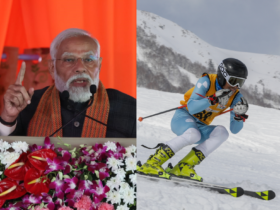

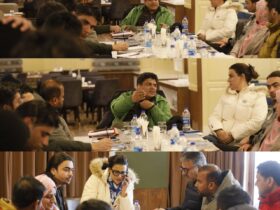

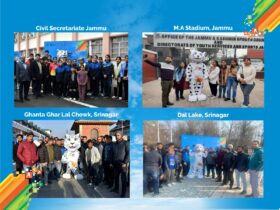
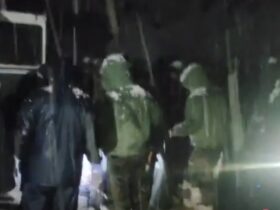
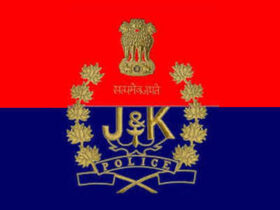




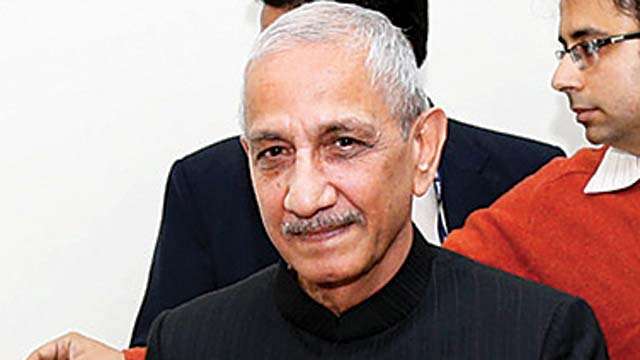
Leave a Reply